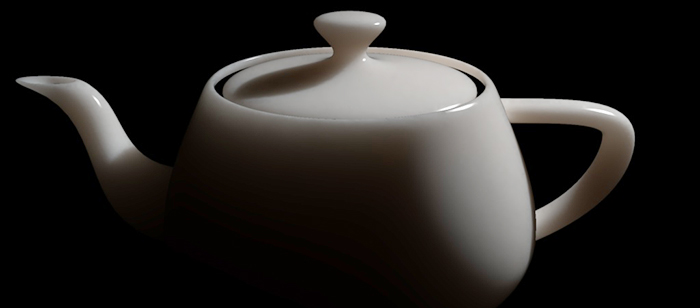
MS Defense
UMBC Computer Science and Electrical Engineering
Distance Adaptation of Diffuse Reflectance
and Subsurface Scattering
Elizabeth Baumel
1:30pm Friday, November 20, ITE 352, UMBC
UMBC Computer Science and Electrical Engineering
and Subsurface Scattering
Objects in the world around us are made of a myriad of materials, both metallic and non-metallic. Most non-metallic materials scatter light in varying amounts within their surfaces, giving softer, more saturated diffuse colors and softer-edged shadows. This effect, subsurface scattering, is important to make translucent objects look realistic. Non-metallic objects that are opaque also scatter light, just at a very small distance. These non-metallic materials may look somewhat translucent at very close viewing distances, but from farther away they exhibit a more opaque, but still soft diffuse appearance. To shade these objects realistically from all distances, a method is needed to model subsurface scattering effects at close ranges and to smoothly transition to a soft diffuse reflection at larger viewing distances. We present a method that takes advantage of graphics processor texture filtering hardware to linearly filter maps that encode diffuse reflection and translucency information and to interpolate between a close-range subsurface scattering effect and a long-range reflectance function.
Committee: Drs. Marc Olano (Advisor, Chair), Penny Rheingans, Jian Chen